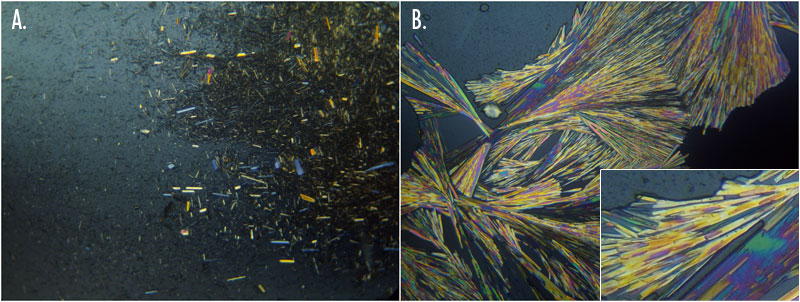I'm not a chemist but here goes!
I've heard of the tan coloured MDPV that was around in a relatively small quantity before the mainstream pure white and yellowish varieties appeared. It's almost universally seen as a more enjoyable chemical than the newer variety.
If one knew the synthesization process of mdpv and tried to work out what went differently in the process (as has been hypothesized) then working forwards from there (ending up with chemical analogues) I believe I'm right in saying that there would be hundreds of possible alternative forms of the end product.
Could one not then find other chemicals, knowing the synthesization process, which have a tanned appearance as well as drugs with similar effects and using process of elimination end up with a relatively small subset of the chemical analogues that you have from looking at the synthesization of the white mdpv?
I may be entirely wrong, please do correct me if I'm way out!
I've heard of the tan coloured MDPV that was around in a relatively small quantity before the mainstream pure white and yellowish varieties appeared. It's almost universally seen as a more enjoyable chemical than the newer variety.
If one knew the synthesization process of mdpv and tried to work out what went differently in the process (as has been hypothesized) then working forwards from there (ending up with chemical analogues) I believe I'm right in saying that there would be hundreds of possible alternative forms of the end product.
Could one not then find other chemicals, knowing the synthesization process, which have a tanned appearance as well as drugs with similar effects and using process of elimination end up with a relatively small subset of the chemical analogues that you have from looking at the synthesization of the white mdpv?
I may be entirely wrong, please do correct me if I'm way out!







